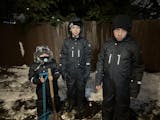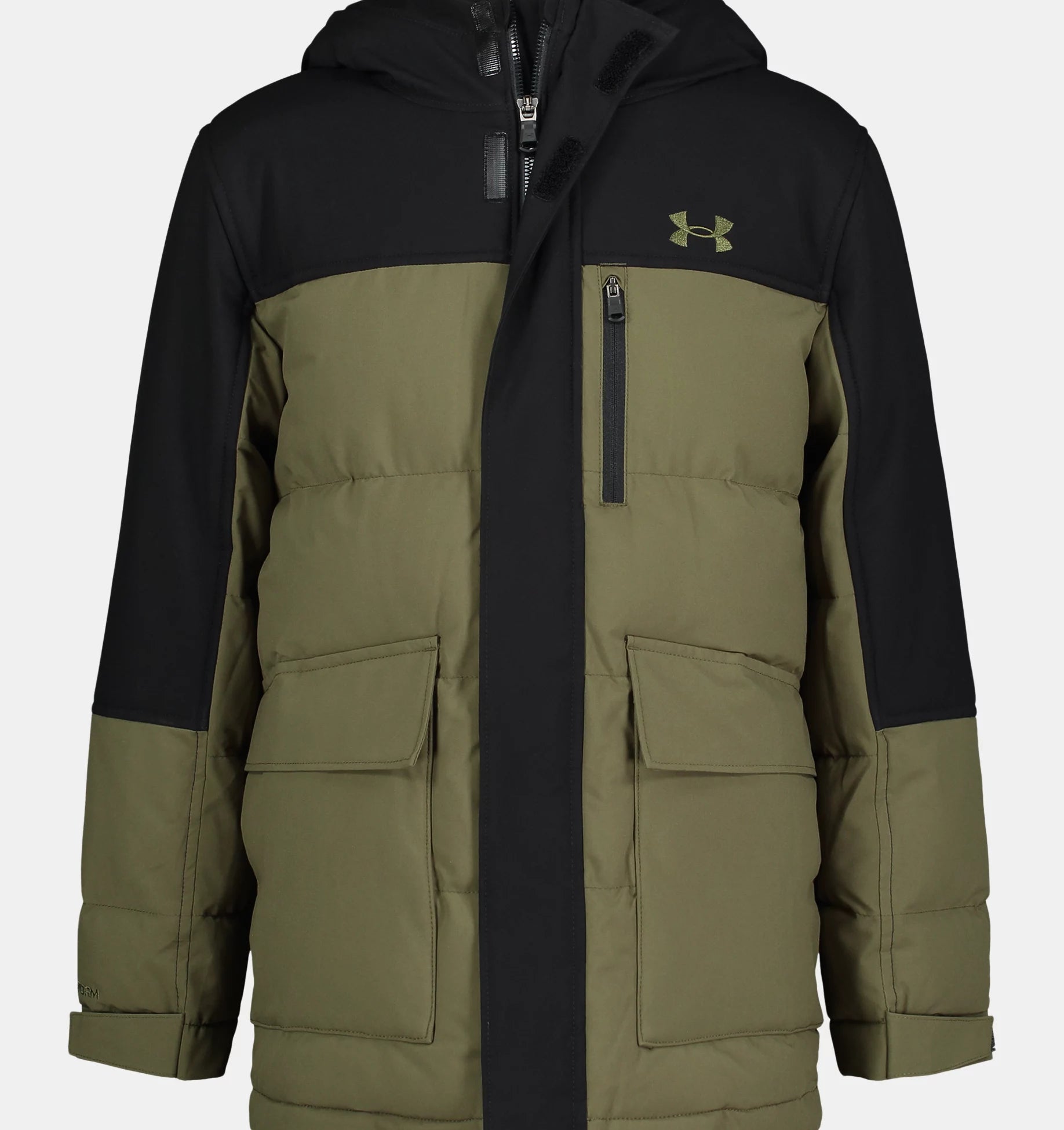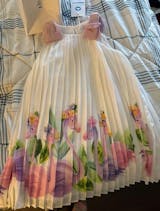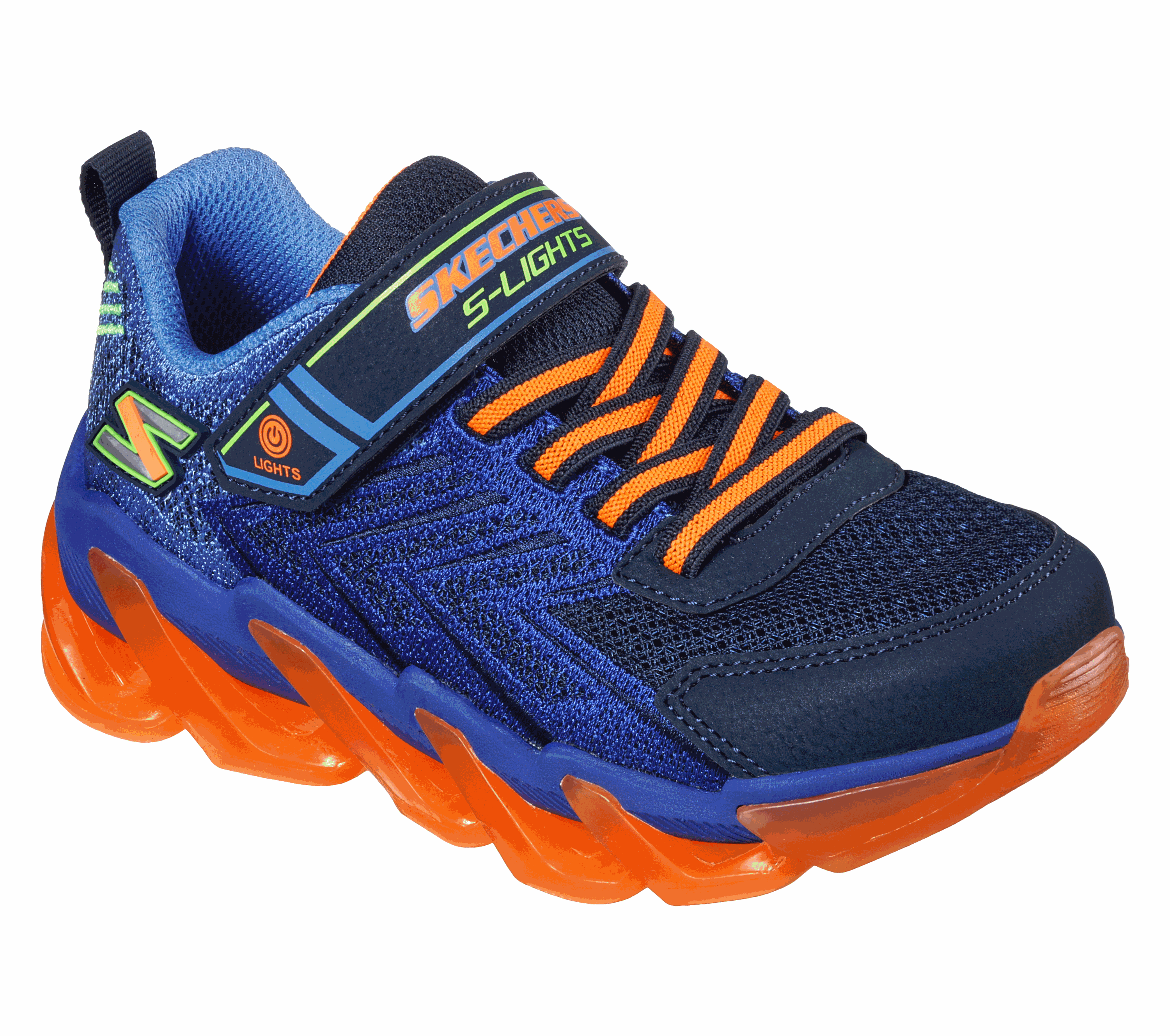How to Choose Baby Clothes for Different Seasons
It can be difficult for new parents to dress their infants for each season. Babies require special gear to keep them comfortable all year round since they are far more sensitive to temperature changes than adults. And sometimes, it gets overwhelming to know how to choose baby clothes for different seasons.
Fret not if you don’t know enough about baby clothes. This guide has everything you need to know about how to choose baby clothes for different seasons. And some secret advice, too. So, without further ado, let’s ensure your child is comfortable and content regardless of the weather.
Choosing Baby Clothes: An Overview
We are here to get the answer to the most asked question: how to choose baby clothes for different seasons. Your little darling should be dressed to maintain a body temperature equal to yours, regardless of the season. They shouldn't freeze or perspire.
But how can you do that?
Touching them between the shoulder blades and running your fingertips down their neck will help you verify this. They should be about the same temperature as you. Although your infant may have cold hands or feet, this does not necessarily indicate that they are generally cold.
Regardless of the season, here are some tips you should keep in mind when choosing baby clothes:
Comfort always comes first. Choose soft, breathable fabrics like cotton and avoid harsh materials.
Keep the safety of your little munchkin in mind. Don’t put on clothes with loose buttons, ties, or choking hazards.
Make sure you put your ease first. Ensure features like snaps, zippers, and stretchy fabrics for easy diaper changes.
Dressing Your Baby for Spring
With its erratic temperatures and frequent showers, spring is a season of change. Therefore, it is important to balance breathability and warmth when selecting baby apparel for this season.
Choose lightweight layers: Your baby will be better able to adjust to changing conditions if you clothe them in layers that are simple to peel off because temperatures can fluctuate throughout the day.
Select breathable materials: To keep your baby comfortable as the temperature rises, choose natural materials like cotton that are kind to their skin and allow adequate ventilation.
[dip_prod_9073628545241]
Purchase a lightweight jacket or cardigan: During the chilly spring mornings and evenings, keep your infant warm by dressing them in light clothing that they may take off as the day gets warmer.
Summer Baby Clothing Essentials
Summers come with a lot of heat. Being a new parent, it’s overwhelming to know how to choose baby clothes for the summer season. A warm summer day is ideal for your baby to wear light, breathable attire. But that’s not all. Here is what you should know more;
Select an ensemble that consists of a top and trousers. These combinations help keep your kid cool because they are airier than one-piece clothing.
It can be sufficient for your infant to wear a bodysuit on hot days simply. Here is how you should dress up your baby during daytime in Spring and Summer:
Temperature | Suggested Outfit for Your Baby | Additional Tips |
Above 25°C | - T-shirt or short-sleeved bodysuit - Thin long trousers or shorts - Sun hat with neck protection or light hat | - Use sunscreen on exposed skin. - Opt for lightweight, breathable fabrics like cotton. |
22–24°C | - Short or long-sleeved bodysuit - Thin long trousers - Socks - Optional: Long-sleeved shirt, light hat, and thin blanket for the pram | - Ensure layers are easy to remove. - Check your baby’s temperature by touching their neck or back. |
18–21°C | - Short or long-sleeved bodysuit - Long-sleeved shirt - Long romper or trousers - Socks - Optional: Cardigan or sleeveless cardigan | - Keep a thin blanket handy for the pram. - Monitor if your baby seems too warm or too cold and adjust layers accordingly. |
Your baby doesn't need to wear shoes and socks at home in the summer. Sandals are a wonderful choice for outdoor wear.
Wearing a light, long-sleeved shirt and long, breezy pants will shield your infant from the sun when you are outside. You can also put on UV-protective clothing. But remember that you will still need sunscreen on your baby’s skin.
Your baby's summer attire should include a sun hat with neck protection or a light hat for newborns.
Summertime is great for loose-fitting baby clothes made of breathable, natural linen or cotton.
Keeping Your Baby Warm in Autumn
Autumn is known for its cool, crisp air and shifting weather patterns. Therefore, finding adaptable baby garments that can withstand different temperatures is crucial.
So, add an extra layer. As the temperatures drop in the autumn, you must return to layering your baby's clothing to keep them warm and adaptable.
Introduce thicker materials: To offer extra warmth during the autumn, add warmer materials to your baby's wardrobe, such as thicker cotton, flannel and fleece.
Invest in a multipurpose jacket: Because the weather might change suddenly, it's important to have a mid-weight jacket to shield your infant from light rain or sudden gusts of wind.
Winter Clothing Must-Haves for Babies
All right, so the winters are the most crucial period for babies. That’s why it is necessary to know how to choose baby clothes.
Add an extra base layer that should be comfortable. And then put on the original clothes.
Consider wearing insulated outerwear: Snowsuits and jackets are crucial for keeping your child warm and protected during cold-weather outings; look for waterproof and wind-resistant options.
Temperature | Suggested Outfit for Your Baby | Additional Tips |
15–17°C | - Long or short-sleeved bodysuit - Long trousers - Long-sleeved shirt - Thick socks - Cardigan - Optional: Light hat and blanket for pram | - Choose soft, breathable layers. - Always carry an extra blanket in case of cooler winds. |
10–14°C | - Long-sleeved bodysuit - Stockings - Jumper - Thick socks - Cardigan - Warm jacket or overall - Hat - Pram liner | - Ensure the jacket or overall is warm but not overly heavy for comfort. - Check hands and nose for signs of coldness and adjust layers if needed. |
3–9°C | - Long-sleeved bodysuit - Thick stockings - Jumper - Socks & thick wool socks or booties - Overall | - Opt for a wind-resistant overall. - Ensure gloves and hat fit snugly to prevent heat loss. |
-3–2°C | - Long-sleeved bodysuit - Stockings - Trousers - Long-sleeved shirt - Cardigan - Socks & thick wool socks or booties - Overall | - Layer strategically to trap warmth. - Check baby’s neck and chest to avoid overheating. |
Under -4°C | - Long-sleeved bodysuit - Stockings - Trousers - T-shirt - Jumper (and optional cardigan) - Socks & thick wool socks or booties - Overall - Gloves - Outdoor winter hat - Footmuff for pram | - Use thermal or fleece-lined fabrics for maximum insulation. - Limit time outside in extreme cold and frequently check for warmth. |
And don't forget winter accessories. Ensure your baby is covered with hats, mittens, and booties to prevent heat loss and ensure optimal warmth.
Winter's cold temperatures demand increased insulation, thus the need for warm, cozy clothing that protects your child from harsh elements. However, don’t overheat them.
If you don’t know, head to this guide to learn if your newborn is too hot.
Now that you know how to choose baby clothes for different seasons, scroll down to find some additional tips.
Additional Tips for Choosing Baby Clothes For All Seasons
No matter the season, monitoring your baby's comfort level and modifying their attire as necessary is critical. Babies depend on you to make them comfortable because they cannot control their body temperature like adults. Seasonal infant clothes should be breathable, easy to layer, and free of abrasive fabrics that could cause skin irritation.
Another advice is to keep a few additional layers or clothes changes on hand, whether at home or on the go. This guarantees that you're ready for any unforeseen temperature or weather fluctuations.
The answer to “how to choose baby clothes for different seasons” isn't difficult. By dressing appropriately for the season and paying attention to temperature variations, you can ensure your kid is comfortable and happy all day.
Wearing comfy clothing that makes your kid feel good is the greatest option. This is crucial when your kid starts to crawl and become more active. Babies should be able to move about freely in their clothes.
You may make dressing and changing a ritual by utilizing a melodic pull-string toy, adding games, and conversing with your infant.
Budget-Friendly Shopping Hacks
Although you’ve got the answer to how to choose baby clothes for different seasons, it doesn’t mean you’ll end up buying A LOT of stuff. Budget is the most important thing to consider.
So, here are the shopping hacks from a mother (who has years of experience in raising kids!)
Buy versatile and season-friendly clothes.
Prefer quality over quantity.
Buy from the end-of-season sale to save some money.
If you’re looking to buy comfortable clothes, head to Jennikidz. At Jennikidz, you can buy clothes from different brands in one place. Not only this, you can get everything from onesies to swaddles and much more.
Conclusion
That’s everything you need to know about how to choose baby clothes for different seasons. Depending upon the season, choose the clothes that keep your munchkin safe. Prioritize the comfort of your kid above everything. A well-dressed baby is a happy baby, no matter the weather!
FAQs
What kind of clothes are ideal for a newborn?
Clothing that is soft, breathable, and comfortable is ideal for newborns. Natural fibers like cotton, bamboo, and others are excellent options. Steer clear of clothing featuring buttons, zippers, or other fastenings that can be irritating or challenging to fasten.
What kind of fabric is used for baby clothes?
Excellent choices include muslin, bamboo, and cotton. Babies do best with fabrics that let air flow freely. This keeps newborns comfortable and helps avoid overheating. Choose fabrics made of bamboo or light cotton.
What is the finest fabric for every season?
Cotton is a versatile fabric. Its insulating qualities help you stay warm in the winter, while its breathable nature keeps you cool during the summer's intense heat.











































